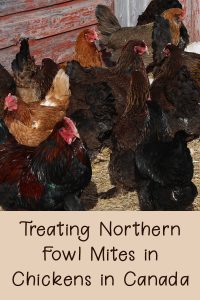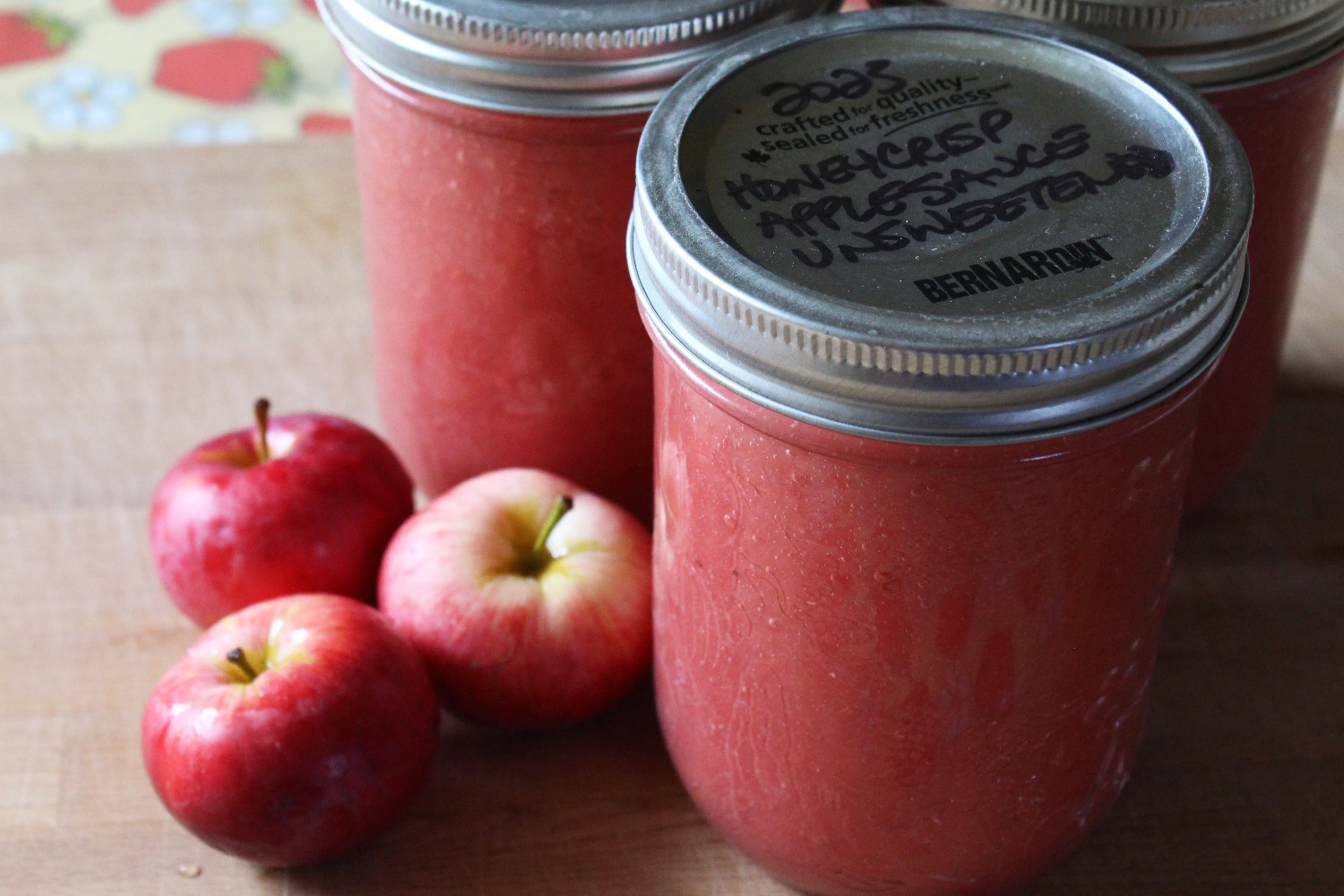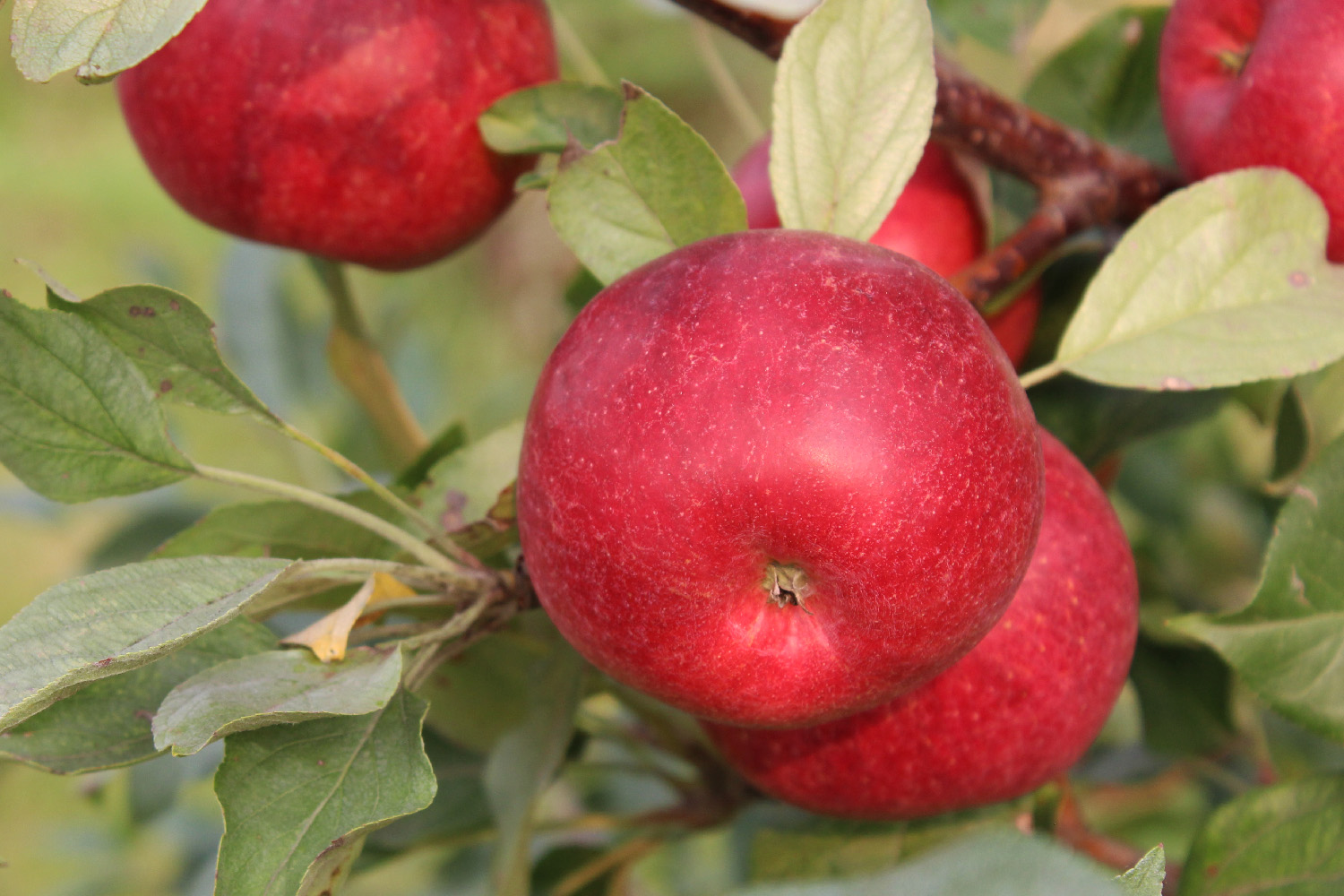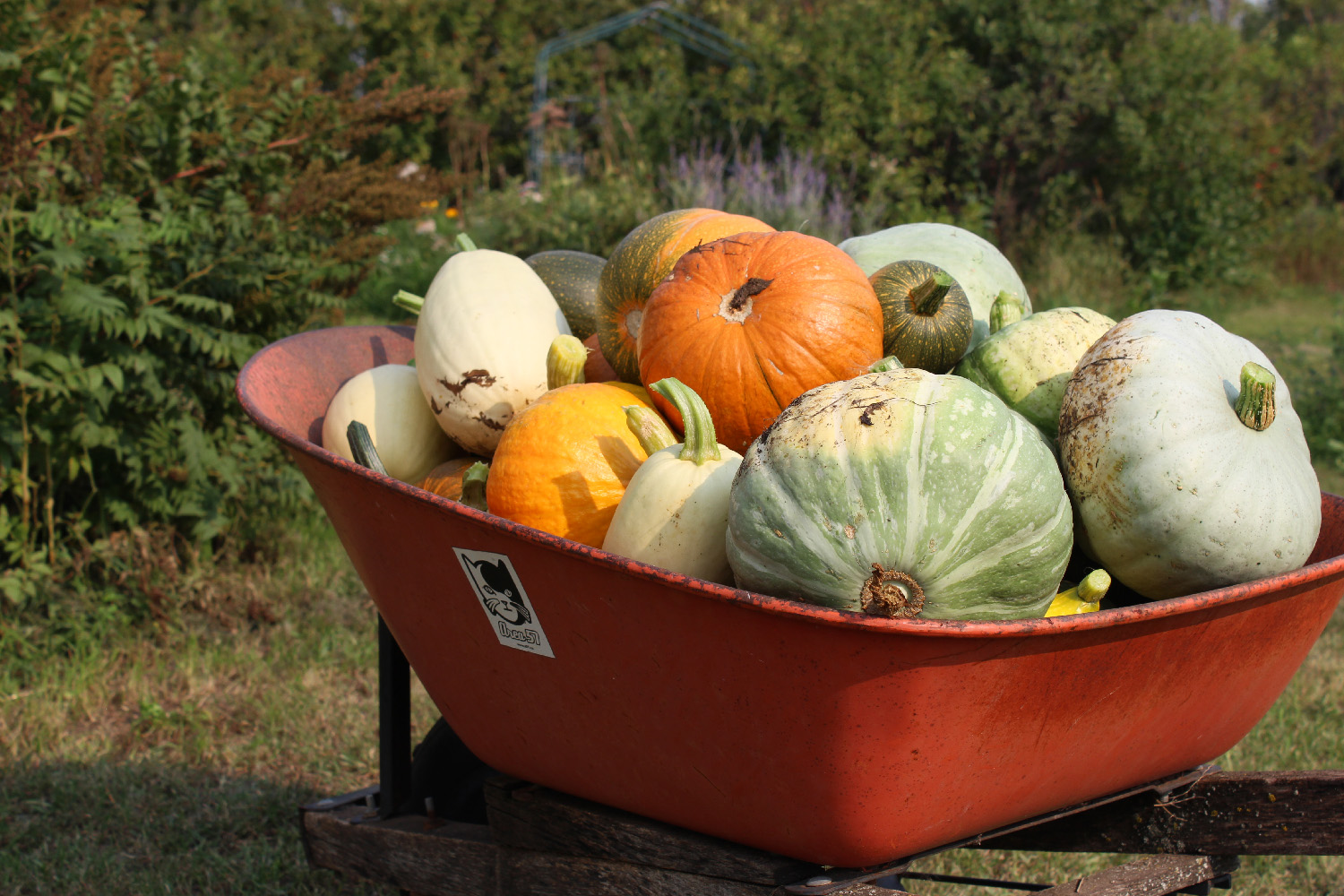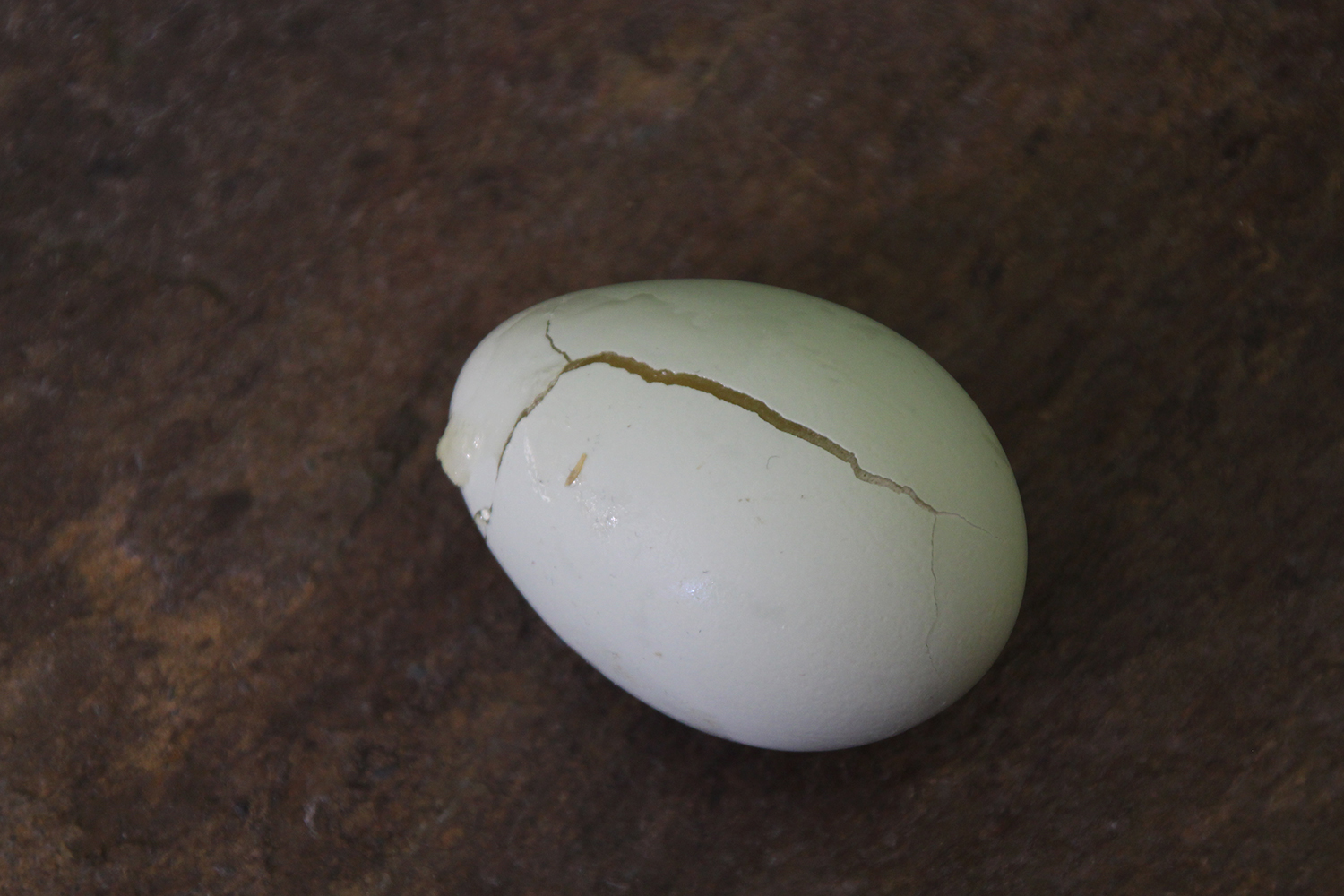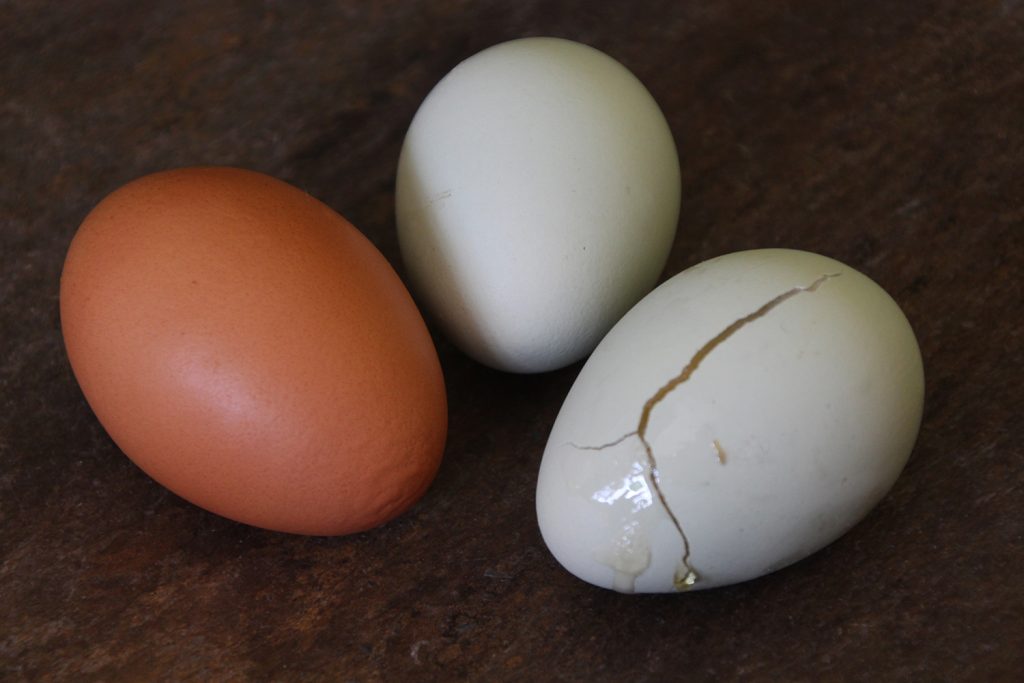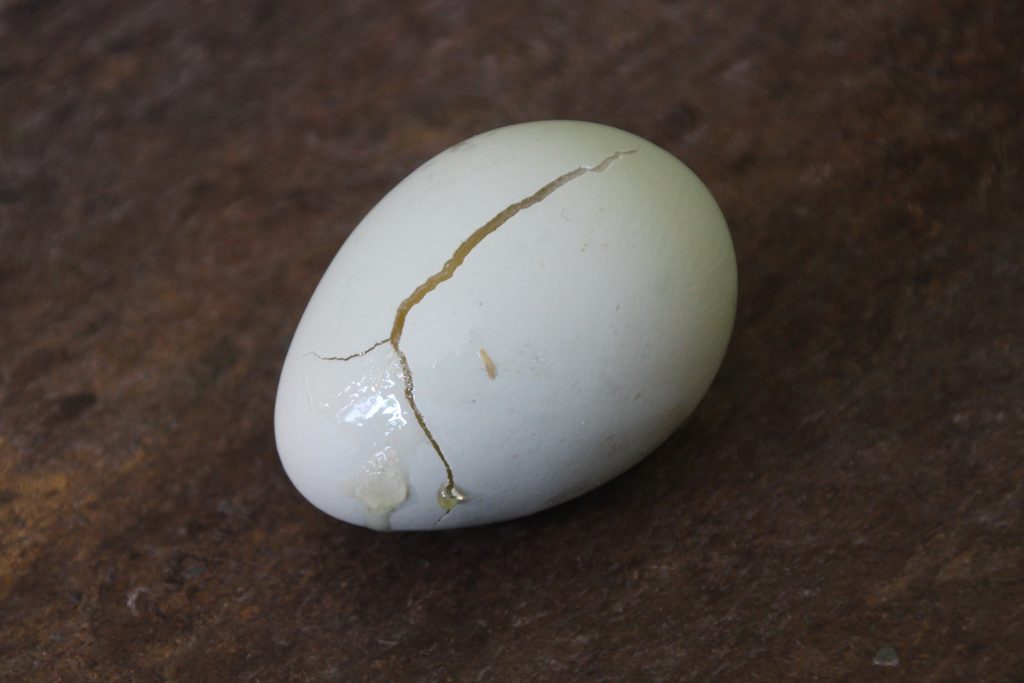Treating Northern Fowl Mites in Chickens in Canada
April 13, 2019 | Chickens | 32 Comments
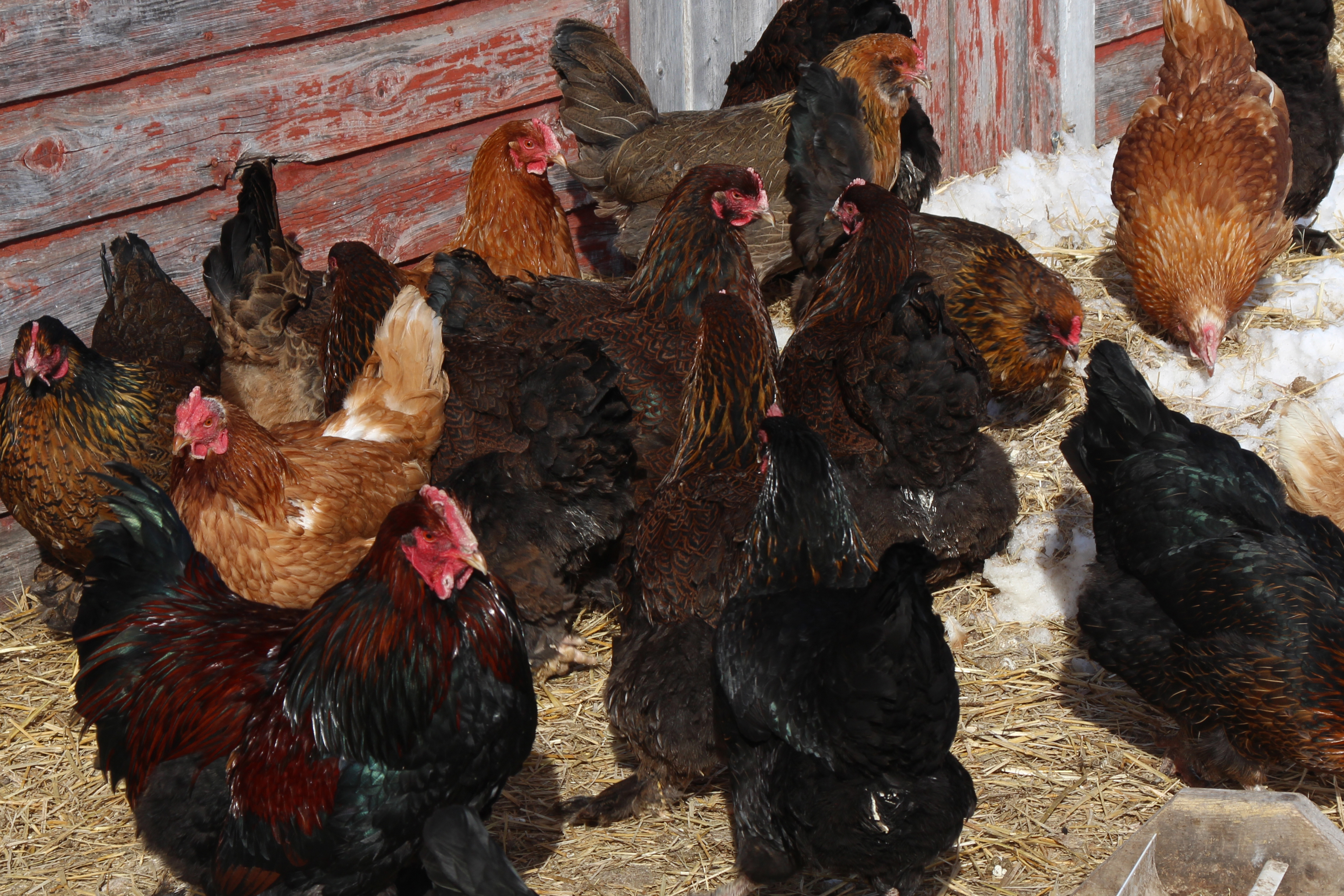
Our chickens have mites. Specifically, Northern Fowl Mites. These little critters are pretty common all across Canada, and they can be a great big problem.
The most obvious symptom of poultry mites are poopy bums on your chickens. If you pick up a chicken and examine their vent (bum) area, you will see dirty feathers (mite eggs and other yuck), and you will also probably see some tiny dark brown or black round specks moving around – these are the mites themselves. Northern Fowl Mites hang out on the skin around the vent and under the wings, and they bite the chickens and feed on their blood.
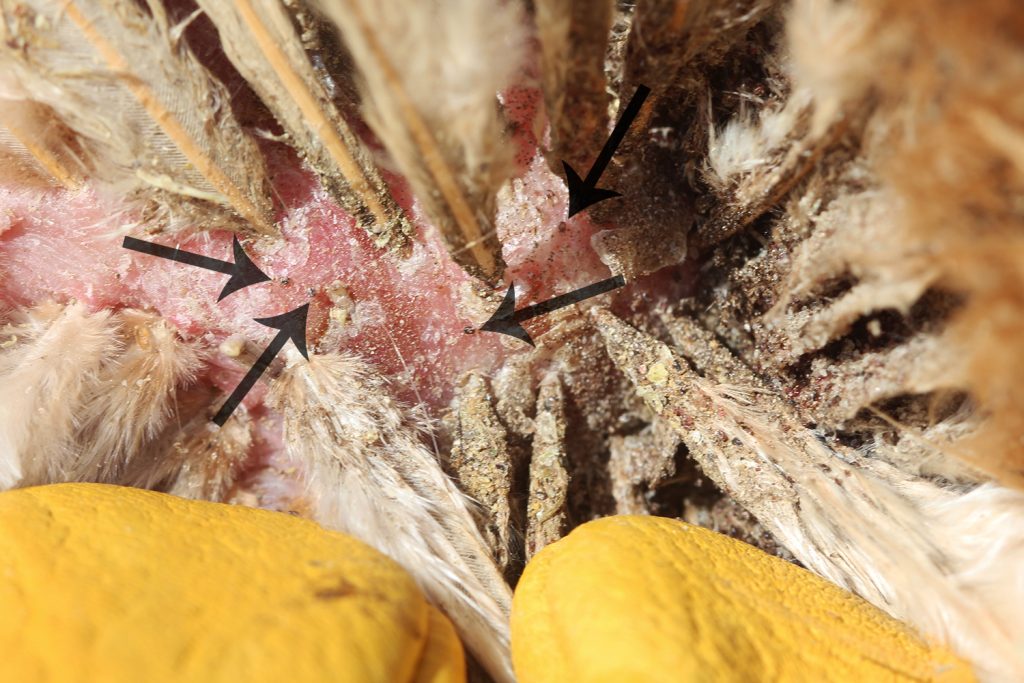
The Chicken Chick has a great article about how to identify parasites in chickens, which is helpful in figuring out whether you are dealing with mites or lice, as the treatments may differ.
Northern Fowl Mites are difficult to treat. They have a short life cycle (5-7 days), and they quickly develop resistance to various treatments. Besides living on the chickens, they also infest nesting boxes and coop bedding, adding to the difficulty in dealing with them.
Right now, though, the biggest issue with treating them is that there is no approved treatment in Canada.
It used to be that you could buy an over-the-counter dusting powder that you sprinkled on your chickens, the nesting boxes, and the bedding, with a repeat in a few days, and generally the mites were dealt with. However, that product was pulled off the shelves last year, with no tested and approved replacements.
There is all sorts of advice floating around the internet for how to treat mites without dusting powder, but I had trouble finding sources that were Canadian (and therefore recommending products that are actually available here) and also reliable.
So I asked my vet.
My vet said that any treatments would be off-label, which is a problem, because there is no information about withdrawal times. Withdrawal time is the amount of time that any medication keeps showing up in the eggs or meat, and could therefore affect anybody eating those eggs or that meat. You definitely don’t want to poison your kids when you’re trying to kill the mites!
Ugh. I needed more information.
Through a long and winding series of phone calls and emails, I eventually found myself speaking with Poultry Veterinarian Dr. Stephanie Smith. Dr. Smith has a passion for chicken issues, and was extremely helpful.
Dr. Smith recommended treating every bird in the flock, whether they had obvious mites or not, as there is a very high chance that they are all carrying at least a few mites, and we definitely don’t want them passing those mites between the treated and untreated chickens. That would increase the chances of the mites developing resistance to whatever treatment we use.
The first treatment we discussed was Diatomaceous Earth (DE). This is a powder made from a particular type of rock full of fossilized diatoms. The particles in the powder are tiny, but have very sharp edges that cut insects’ bodies when the insects crawl across it. Diatomaceous Earth is organic, so some people like to use it for bug control, but its effectiveness is questionable, and the sharp particles can cause respiratory problems if the chickens breathe it. If you were using DE, you would need to thoroughly dust each bird with the powder in a well-ventilated area (preferably outside). Some people also spread DE around their coop, but this runs the risk of causing respiratory problems as the chickens dust bathe and breathe the DE.
Sulfur can also be used to control Northern Fowl Mites, but it can cause allergic reactions in people, and is generally not a good choice for a backyard flock.
There is a product called Ectiban that is an insecticide approved for use in cattle in Canada; Dr. Smith suggested it as a good way to control the mites in the nesting boxes and coop litter, though it is not approved for use on the chickens themselves in Canada. I did find a website that gives dosage information for actual use on chickens, with accompanying withdrawal times before butchering. Unfortunately, there is no information about withdrawal times in laying hens, and it is not clear if this is an approved use in Canada.
Another option for spraying directly on chickens is called Debantic. Dr. Smith noted that the nice thing about this insecticide is that there is no withdrawal period for eggs. Debantic is a powder that gets mixed with water to make a spray that you spray on the chickens. The downside of this product is that it has to actually contact the mites in order to kill them, and it might need several applications to be effective. Here is some further information about Debantic.
Lastly, we discussed Ivermectin. Ivermectin is a product used in horses, cattle and swine; it has not been tested or approved for use in chickens. It is available in a paste that is used for worming horses, as well as an injectable liquid for cattle and swine. The paste is not a good idea for use on chickens, as it is very hard to control the dosage; using the liquid (injectable or pour on) 1% Ivermectin product gives you a lot more control.
Dr. Smith noted that you can put a drop or two of the injectable Ivermectin on the chicken’s skin (not injected) at the bottom of its neck, and it will be absorbed into the chicken and kill the mites when they suck the chicken’s blood. She suggested that people consult their vets for dosing, as chicken weights vary from scrawny little layers to the big dual-purpose and meat breeds, so it’s a good idea to run it by a professional before medicating your flock.
Some people put Ivermectin in their chickens’ water, but this is not recommended for backyard flocks, as it is very difficult to calculate and control the dosage. Dr. Smith also mentioned that if you use Ivermectin too frequently (less than 7 days between doses), there can be problems with toxicity – it can make your chickens sick. There is no established withdrawal period for meat or eggs, but most vets recommend not slaughtering the chickens or eating the eggs for 3-4 weeks.
It is frustrating that there is not a simple solution to poultry mites in Canada. There is a fine line between killing all the mites and preventing resistance on one hand, and having lengthy (or just plain unknown) withdrawal times to make sure you don’t poison your family. I also would be very careful about disposing of the treated coop bedding, as you don’t want to be adding insecticides to your garden, especially since it is hard to find information about how long they persist in the soil.
Pin it for later:
